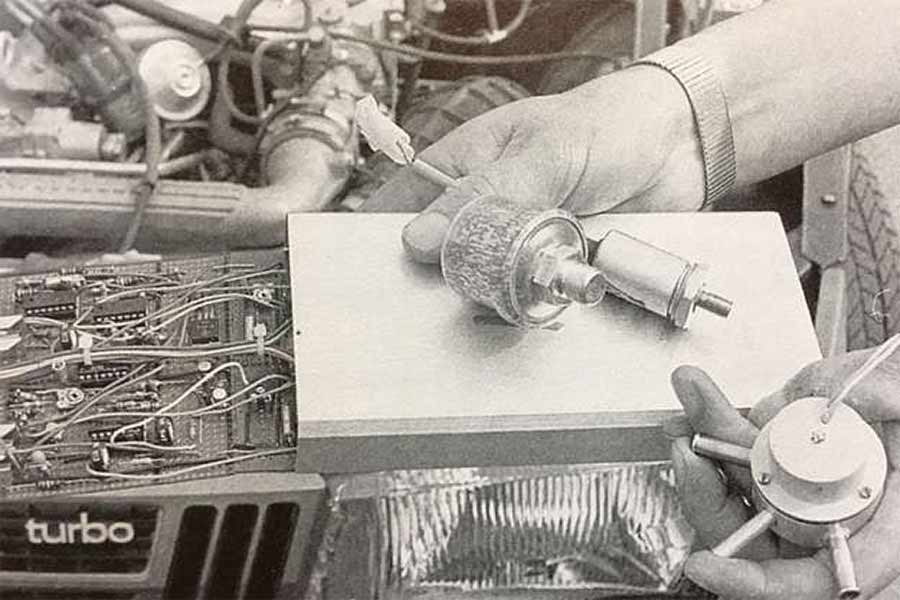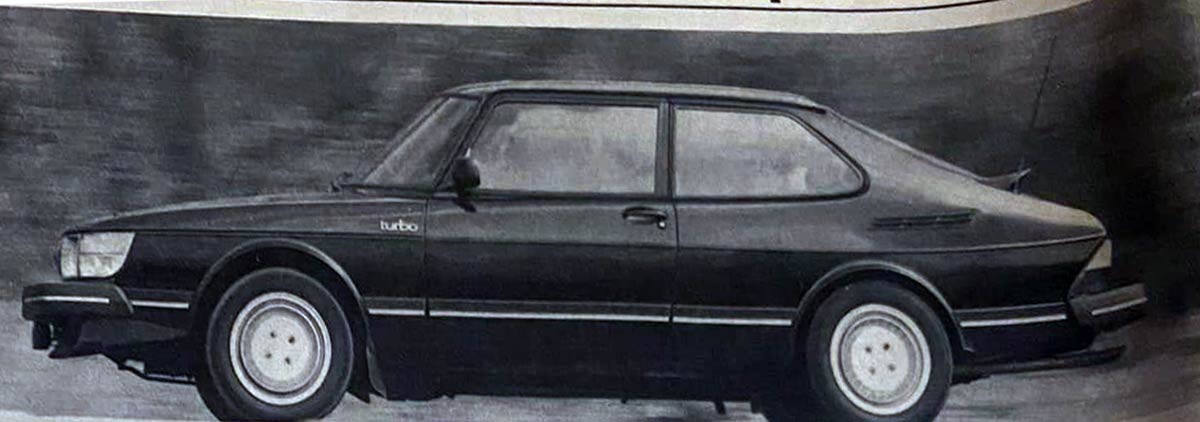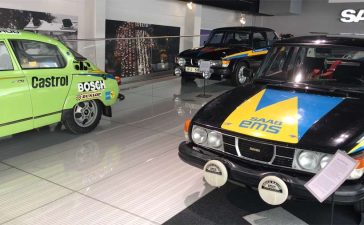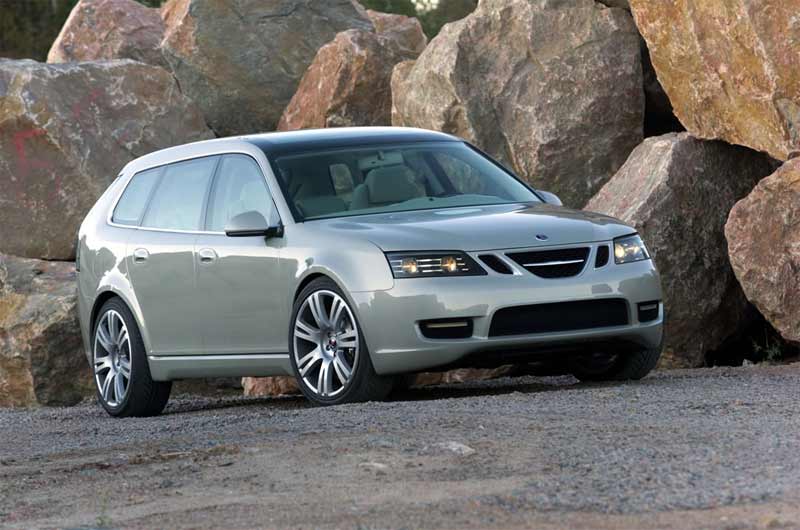We continue to find and re-publish interesting tests and reviews about Saab cars from the recent or distant past. It would be a shame to keep these automotive “pearls” in oblivion, and it is also great to have them preserved in one place.
This time we found for all of you Saab enthusiasts around the world a very interesting display of the APC Turbo model and the practically long term test of the Saab 900 Trubo. This long-term test of a vehicle with a special focus on Saab APC technology was published by Motor Trend magazine in August 1984.
The author of the test is Tony Swan, and the subtitle of the test reads “No longer young, still fully vital“, alluding to the fact that the Saab 900 was not new on the market since it was introduced in 1978, but had “matured” as a car that became valued in the market.
Saab APC Turbo
When we concluded the initial report on our long· term Saab APC Turbo, it was rolling west from Daytona Beach, with our friend Len Frank firmly ensconced at the helm. That was quite some time ago, long enough so the memories of that particular Daytona race have been replaced by others. And in the interim, our Saab has become… well, as you might refer to a woman over 35 or so, no longer young.
The hide still shines jet black, but there’s about a 3-ft keyline over the fuel filler door, indelible testimony 10
some jerk’s single digit IQ. The leather interior (by Bridge of Weir, Scolland) has had more than one ice cream and soft drink treatment, furnished by your narrator’s kids.
There’s a parking lot ding in the passenger side door, the windshield wiper blades have more or less succumbed to the California sunshine (replacement appears certain by, say, November, when Angelenos wiII starl thinking about rain again), and the Sony XR-75 AM/ FM/ cassette sound system seems to be without any single redeeming quality. We’d get into chapter and verse concerning this system’s
weaknesses, but it has since been replaced as OEM gear by a Clarion unit, and no one at Saab mourns the change.

The 16,876 miles that have passed since our first report have not been totally without incident. Perhaps most noteworthy on the list of problems was a glitch that surfaced with the APC system. As you probably are aware, the APC – for Automatic Perfomance Control – is one of the best engine control systems on the market today, allowing the 2·liter turbomotor to extract maximum perfomance from whatever kind of gas you care to pump in there.
Maximum performance without detonation, that is. We’ve had the merits of APC demonstrated to our satisfaction burning the vilest gas in Europe (thank you, Czechoslovakia) and our long-termer reinforced our initial impression – for the first 12,825 miles. Then we suddenly began to experience episodes of dramatic boost, accompanied by all sorts of nasty detonation rattle. After a good jolt of detonation, the system would back off the boost just as dramatically, making acceleration dismal.
Fortunately, the symptoms were much worse than the actual malady. The problem turned out to be a sticky piston in a magnetic valve assembly in the wastegate actuator. A little carbon cleaner takes care of this problem in short order, and if your APC is behaving strangely this could very well be the culprit; Saab service people have seen it happen more than once.
Our other problems were quite minor compared to the temporary hysteria of the APC. But they did give us a few moments. Actually, one of them occupied the better part of an afternoon. Downshifting for an off-ramp, we nipped the lever deftly into 2nd gear, simultaneously braking to the apex, accelerating briskly at the exit, moving up to 3rd … up to 3rd … where the hell is 3rd? There was a brief period of rowing around in the gearbox that told us that only 2nd was working. Arrrgh! It was a clean downshift! Honest!
It looked grim there for a while, but it turned out to be nothing worse than a linkage problem, specifically the loss of a tared pin securing a shaft and joint in the linkage assembly. We decided to cruise past Saab’s California headquarters nearby Carson to get some experienced hands on the offending pieces. How nearby? About 45 miles. On a 85 degreesday. We an emerged from this tedious journey with an expanded respect for this car’s capacity to absorb abuse.
Later, we noticed a subtle chaneg in Saab’s exhaust note, which went from its normal Nordic baritone to a sort of Flat bush rasp. As the condition progressed, we discovered that the exhaust manifold was working itself loose. A little remedila work with a wrench quickly corrected this, and we went on our way.
The accompanying data panel tells the economic story of life with our Turbo, and contains no particular surprises. We’ve averaged 22.1 mpg, which may not sound particularly impressive but the car is capable of much better on the open road: our best tank came in at almost 31mpg. And open road continues to be the Saab’s strong suit.
Turbo tag holds it back a bit in the stoplight wars, and it’s not really quite the right piece for thrashing around your favorite stretch of sports car road, though fo a tallish sedan it acquits itself well at this work. But show it a winding stretch of two-lane blacktop, or an endless stripof interstate, and it’s as good as anything going. Although the cruise control has been a rather unwilling participant in these traveIs, and our car exhibits about five to seven minutes of balky cold-bloodedness when it’s roused in the morning, it is still one of those cars that precipitates pitched battles at closing time. We now have a much bet ter grasp of why this car generates such fanatic loyalty.











